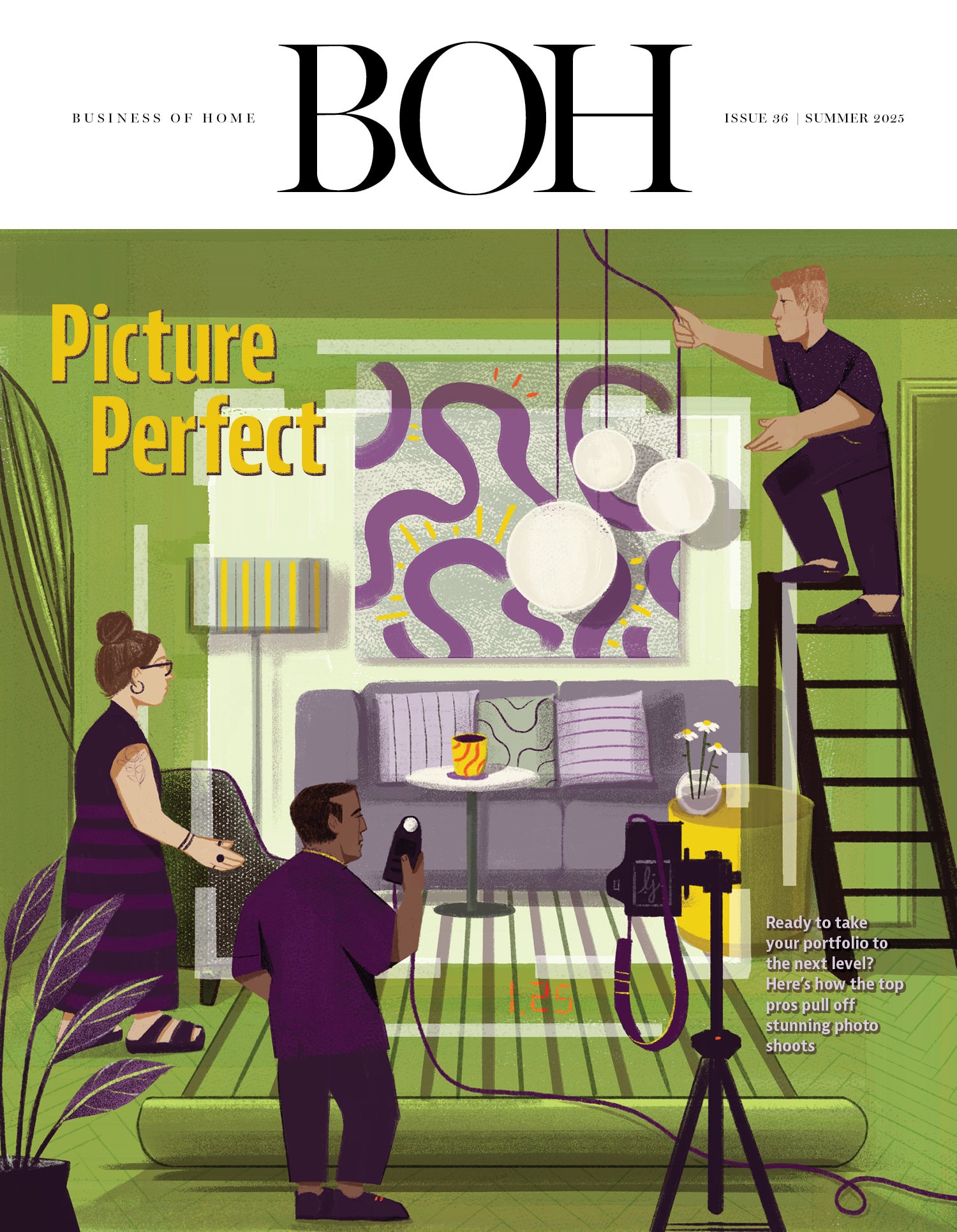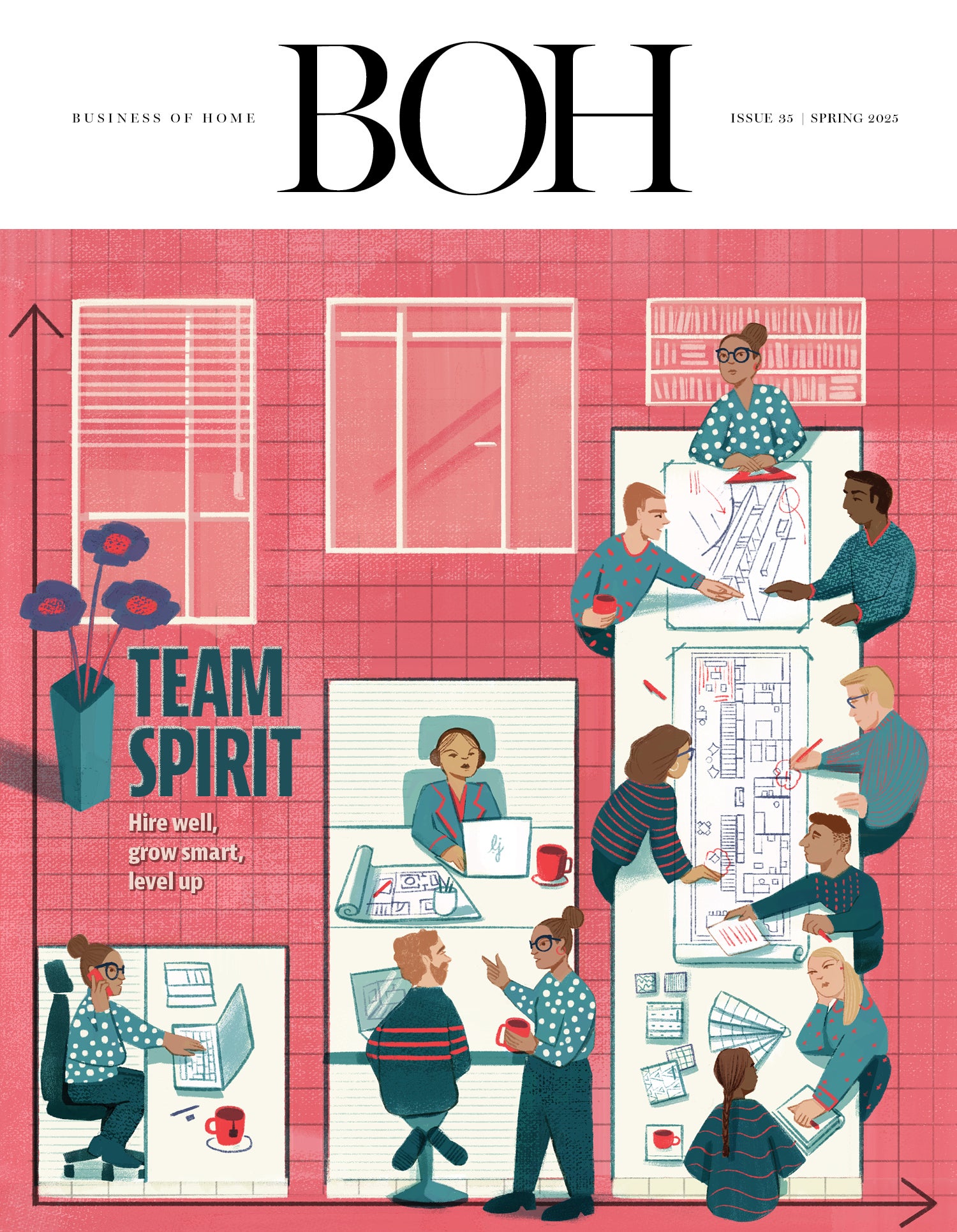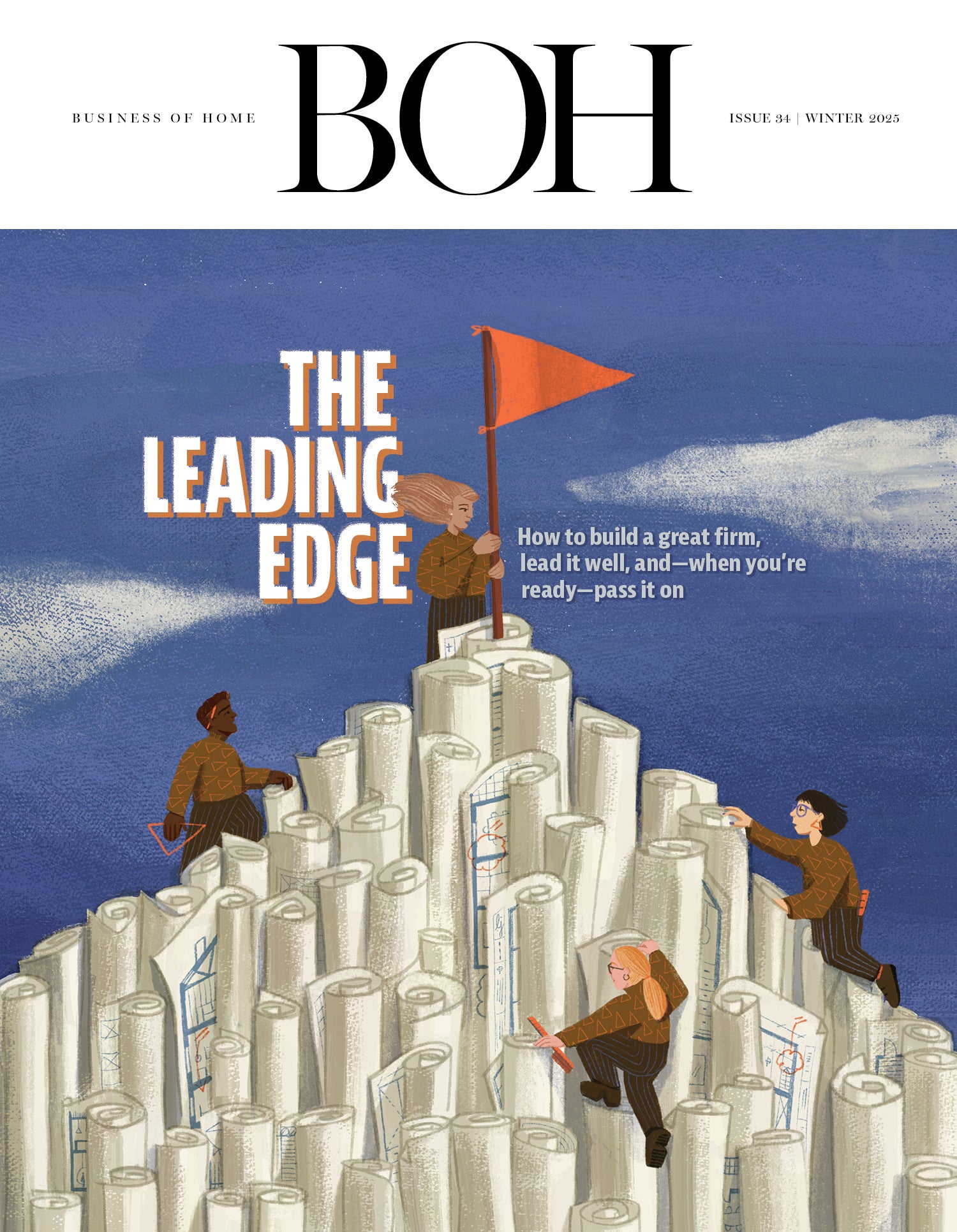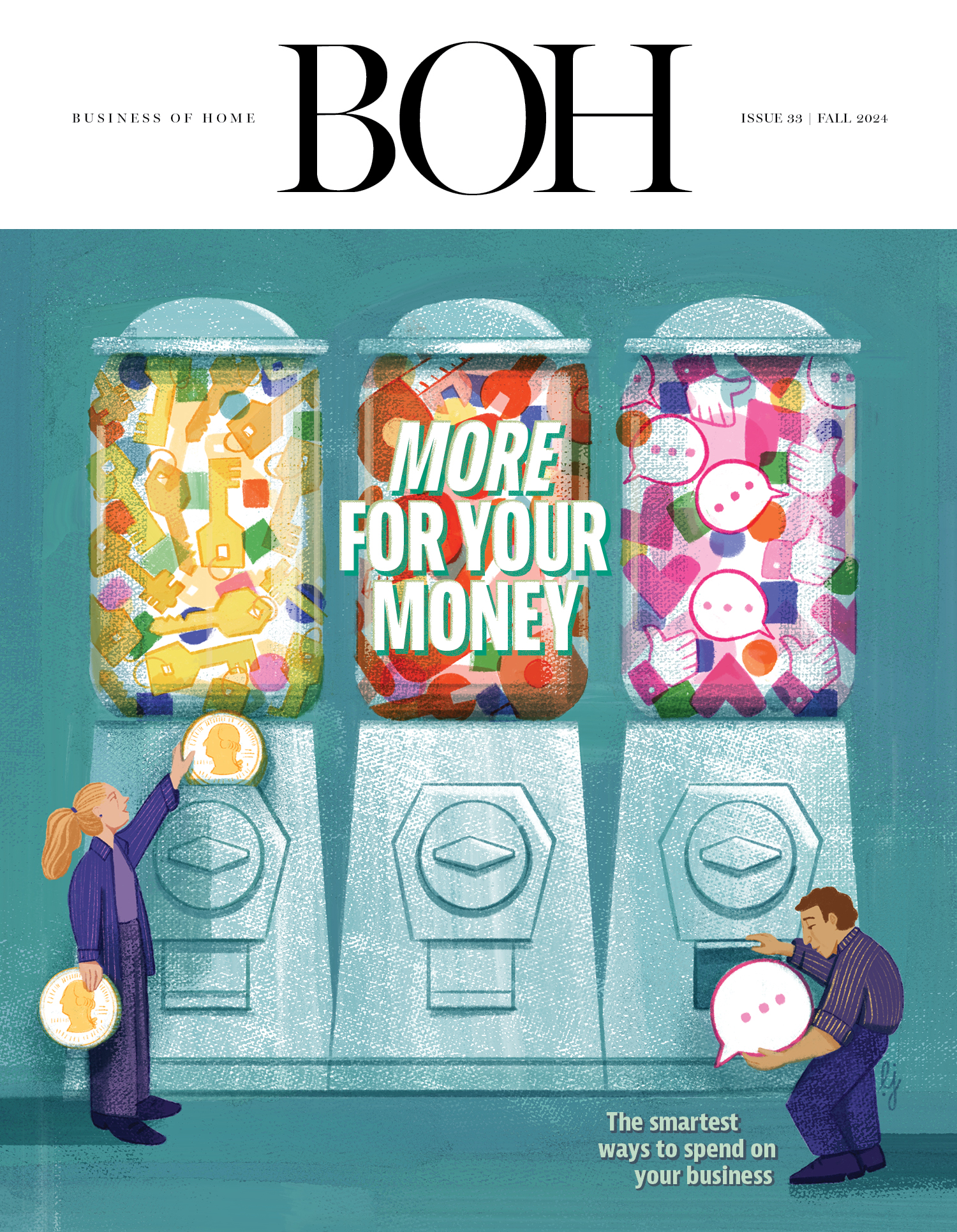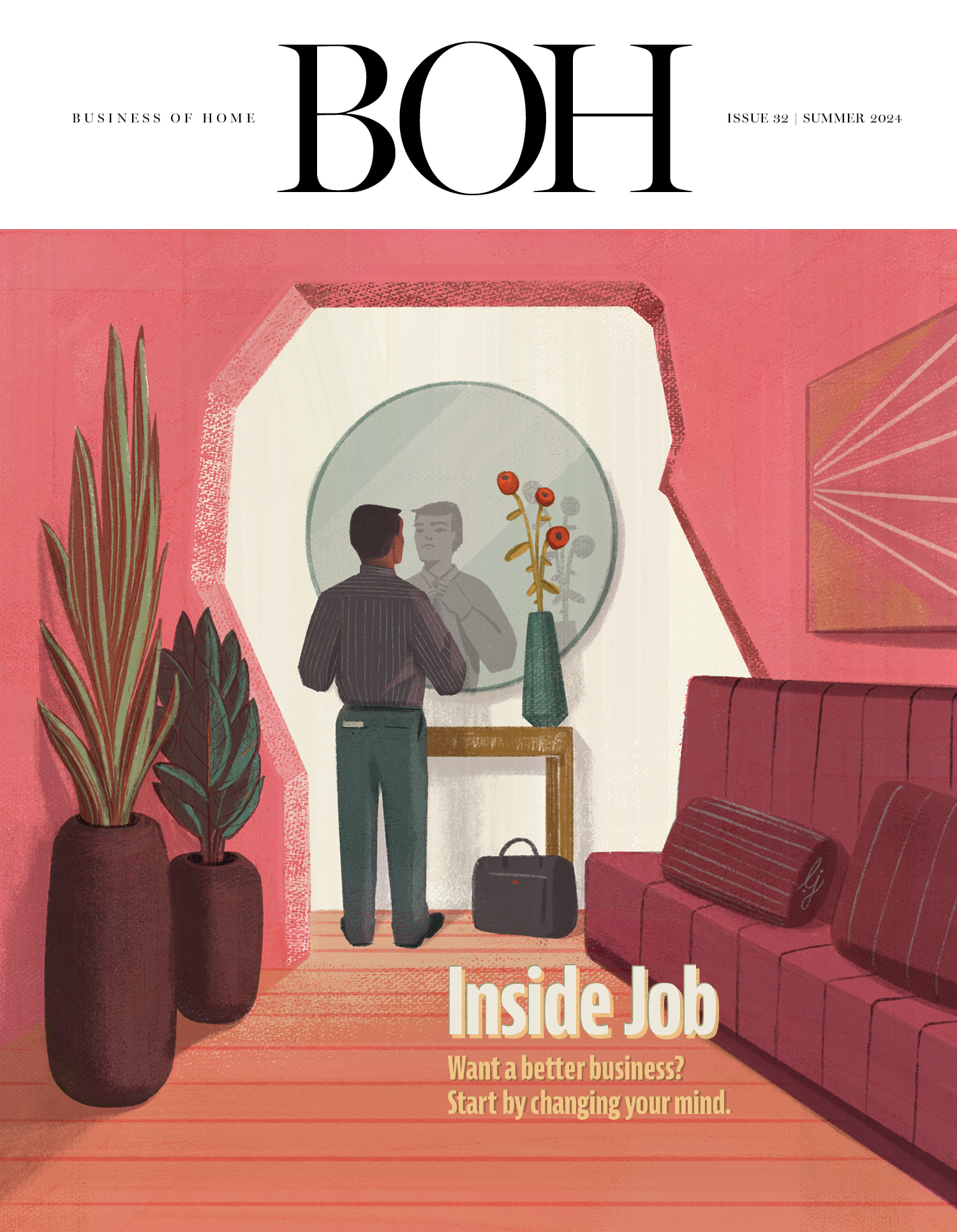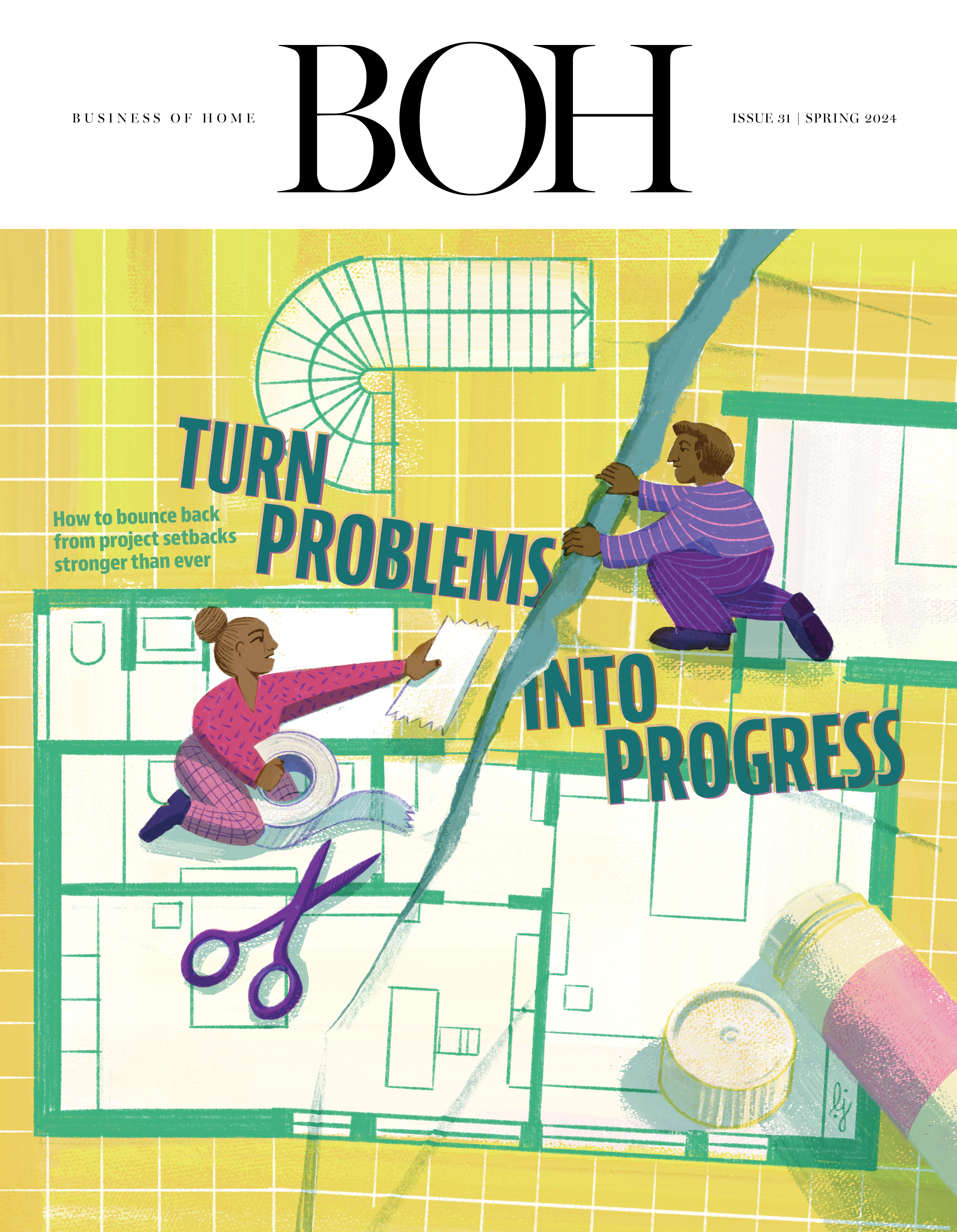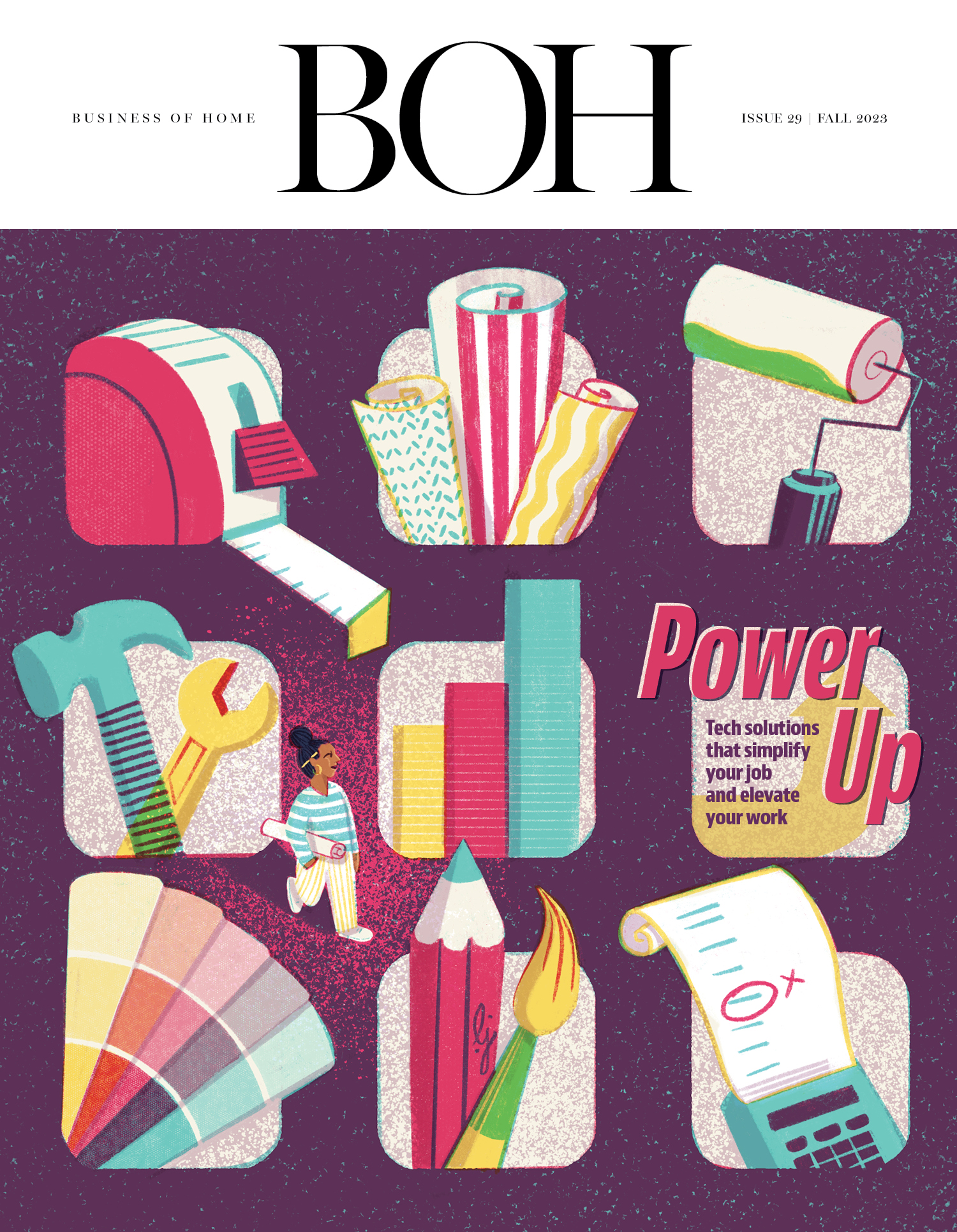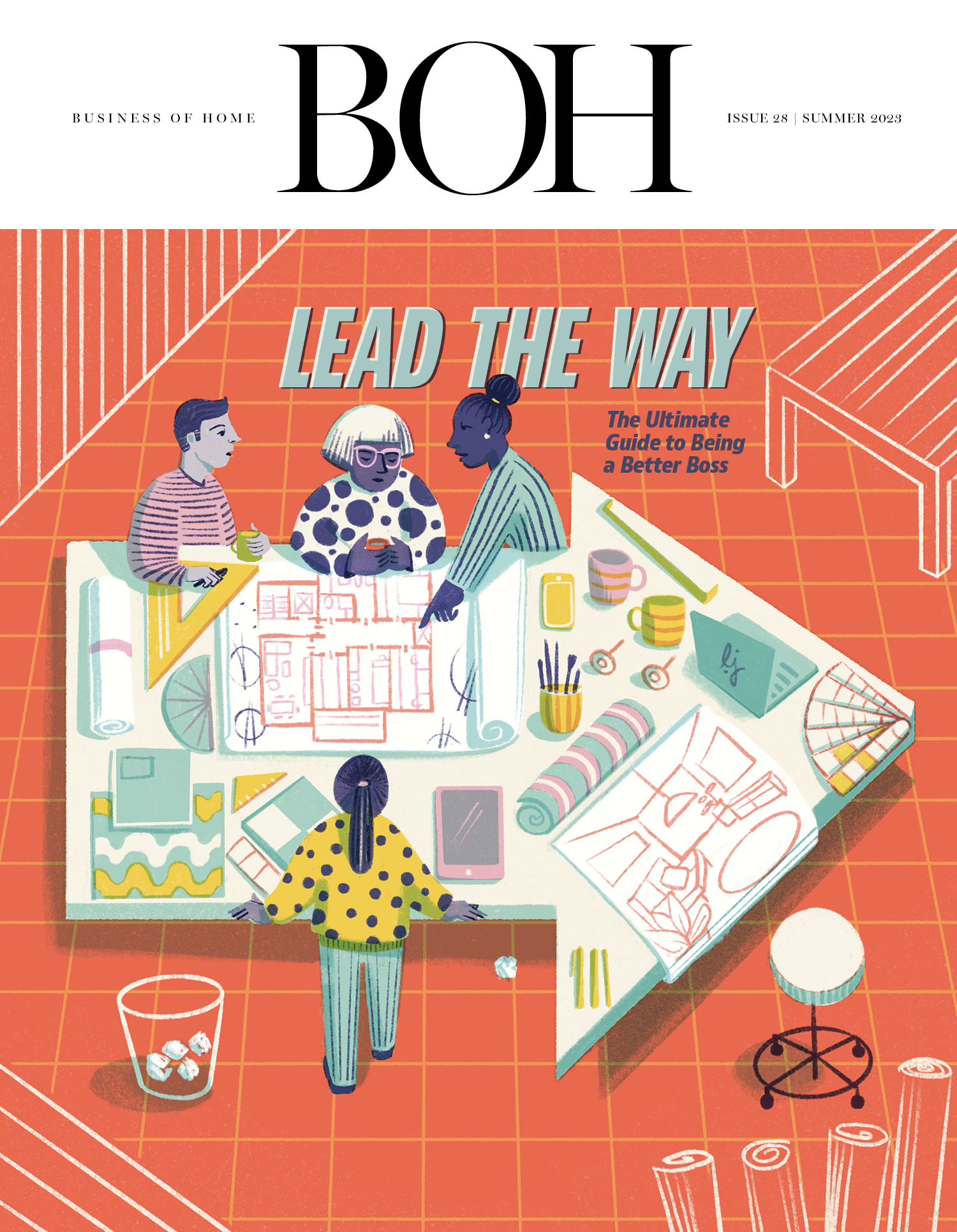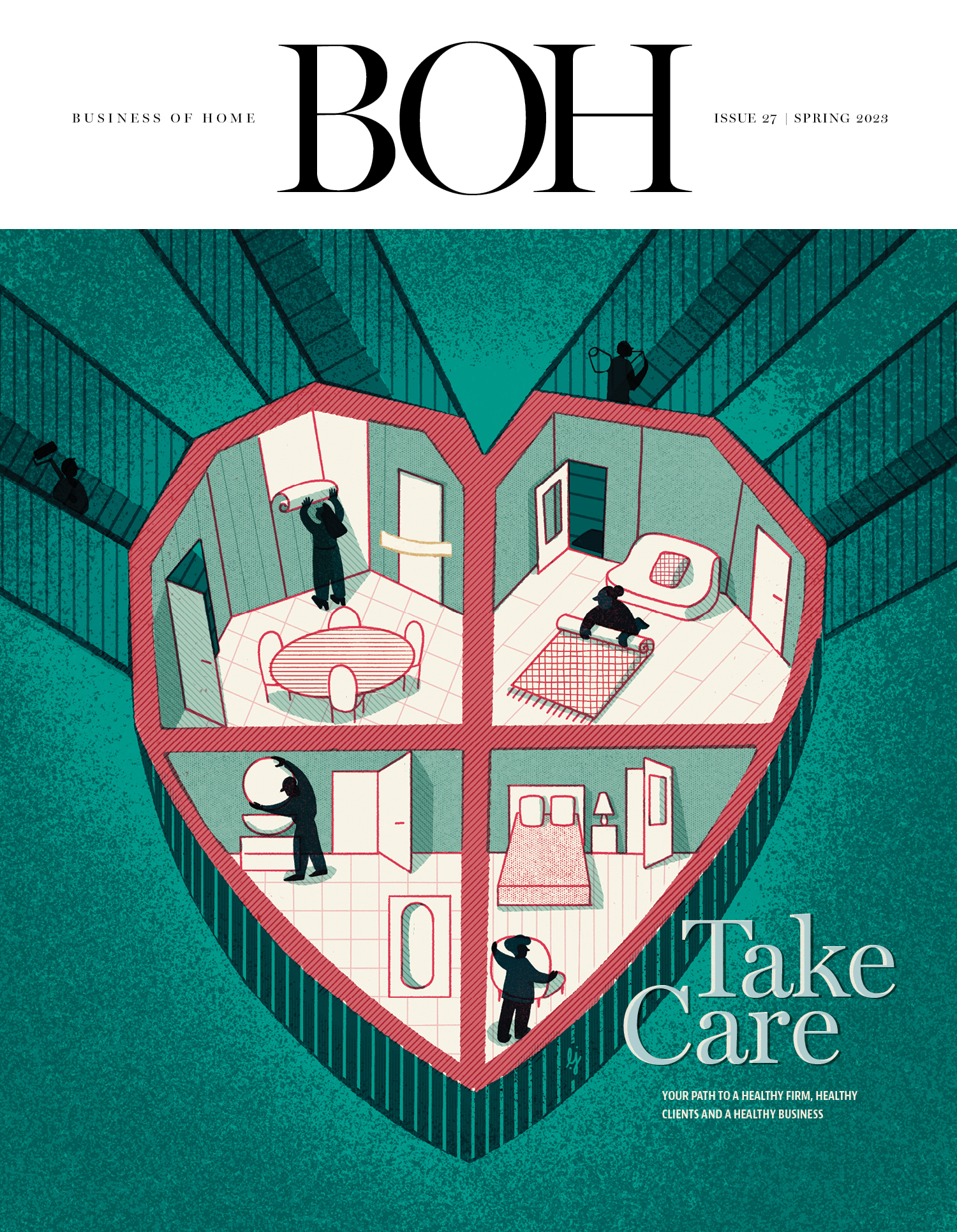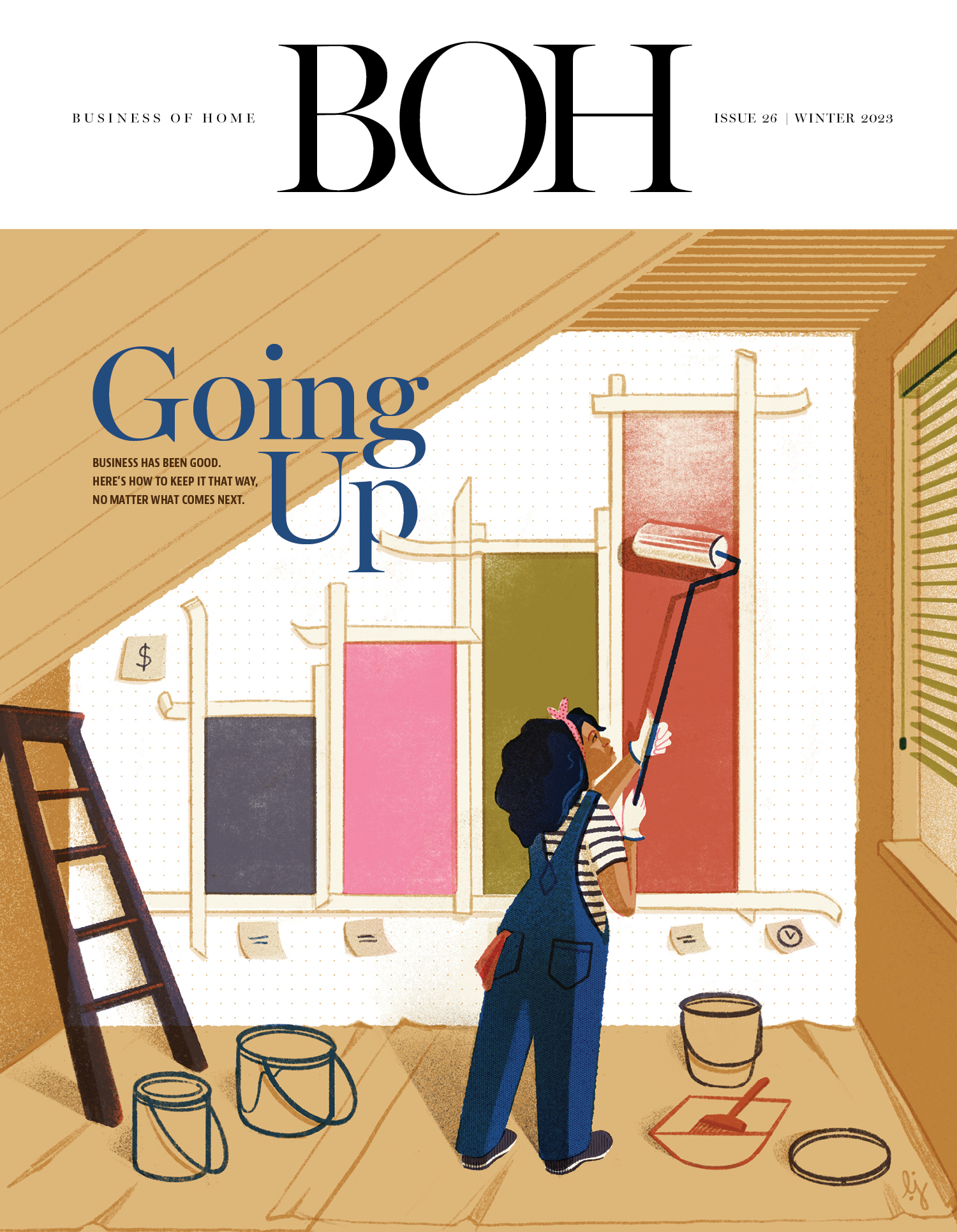Earlier this month, designer David Netto found himself in a difficult situation: He was missing two orders of furniture from the Italian manufacturer Cassina, both placed a year ago through the brand’s Los Angeles showroom, a partnership with Diva Group.
The designer had placed the orders last summer. At the time, he paid a 50 percent deposit and was told to expect the pieces in April; by February of this year, he had paid the balance in full. When the delivery date came and went—and Diva suddenly went silent on him—he contacted Cassina directly. That’s when a representative for the brand told the designer that Diva itself had been “unable to fulfill its payment obligations to Cassina, including providing Cassina with the funds you paid for your furniture.” The manufacturer had never gotten a cent of Netto’s client’s money.
Incensed, he took to Instagram to see if he was the only one in this predicament. “Anybody else out there being scammed by Diva Furniture Group in LA? Not getting any answers to calls or emails—ever? Fully paid up a year ago but no furniture appearing, that kind of thing? Talk to me,” he wrote.
The response was revealing. Other designers had also been impacted by missing orders from Diva—in its Seattle outpost as well as the Los Angeles location. For many customers, the sudden issues came as a shock: Since the company’s 1985 founding, it had become a sourcing mainstay for designers, operating a total of 10 monobrand showrooms in West Hollywood and Seattle.
The problem, however, is not isolated to Diva. Designers flocked to Netto’s post to share their experiences with missing orders from other showrooms across the country. Their stories echoed past industry scandals, like the sudden demise of Jean de Merry in 2023 or the disappearing act pulled by The CEH the year before. (It’s not just showrooms—vendors, too, can take an order and payment and fail to deliver.) They revealed a reality that’s not often acknowledged in the industry: The sourcing process sometimes leaves designers in the lurch.
How can a design firm protect itself from a showroom that suddenly goes dark? The most common advice is preventative: Always pay by credit card. That way, you can dispute the charge if your order doesn’t arrive. That’s sound advice in theory, but it ignores many of the complexities of industry businesses, where lengthy lead times and typical payment structures mean that the warning signs of a missing order might not become apparent until after the 60-to-120-day window most credit card providers allow for chargebacks has elapsed.
That was the case for Colleen Farrell, who in October 2020 used her credit card to place a $2,500 order with Stanley Furniture—a brand she had done business with several times in the past. “I ordered the furniture from the website and communicated with the rep that I had been accustomed to working with when I ordered from them,” says the Rochester, Michigan–based designer. But that routine soon took a turn: “The lead time on the furniture kept getting bumped and bumped and bumped, and that salesperson that I was accustomed to working with kept saying, ‘I don’t know what to tell you.’”
Farrell’s order was placed against the backdrop of the pandemic, when lead times took a serious hit. So when the order’s ETA was eventually updated to the following April, the designer was willing to wait it out. That’s when communication stopped. (That’s also when Stanley announced that while manufacturing would continue in its Vietnam plant, it had paused its North American operations, citing pandemic-related challenges.) One year after placing her order, Farrell hadn’t heard from the company in months and began to lose hope. “I had sent 12 emails to the company, never hearing anything from April through October of 2021,” she recalls. “I had an acknowledgement from Stanley, and the credit card payment had gone through, [but then] it just went dark. I tried to call the company headquarters, [parent company] Vietnam [Trade] Alliance—whoever I could at Stanley. It just was nothing—dead ends everywhere.”
Ready to move on, Farrell contacted her credit card company in hopes of receiving a chargeback. That’s when she discovered that the deadline to dispute the charge had already passed. What once felt like a safety net didn’t prove to be all that helpful. “In the nature of this industry, we pay a deposit: Lead times are notoriously weeks, if not months, for any products that we’re purchasing, and so there’s really no recourse,” she says. “If we don’t get the furniture, or if something comes in damaged and the company’s not standing behind it, the bank is [already] out [of the picture].”
Farrell contacted her attorney to explore her options, but she was ultimately forced to eat the costs of the order and reselect the items for her clients. She never got her order—or the money back.
She remains ultravigilant when vetting vendors. “I don’t order from anyone that I don’t have a working relationship with or that I don’t know is a really reliable, respectable business,” she says. “But like I said, this is a company that I did business with and never had any issues with [before].”
Even if it’s a short window, at least credit card chargebacks offer some protection—but certain vendors and showrooms don’t accept cards, in which case designers have no choice but to pay by check or ACH. Either way, it’s even more difficult to retrieve a refund for a missing order: Banks are far less likely than credit card companies to refund a purchase gone wrong, leaving designers to chase showrooms and vendors directly. Sometimes these battles become so protracted that they end up being a money and time sink of their own. Homeowner Elaine Yager discovered as much earlier this year while working with her longtime designer on a refresh of her Seattle living room. When her designer submitted a wire transfer of just over $30,000 to a local showroom in February, it seemed like business as usual.
But a couple of weeks later, when the designer reached out to the rep about estimated lead times for the pieces, she received only vague reassurances. Over the next few weeks—and multiple follow-ups later—there was still no timeline, no order confirmation and no proof of submission. “That’s when the worry set in. We thought, ‘What is going on here?’” recalls Yager. Over a month in, her designer asked for proof of order or a full refund. The rep allegedly responded, “You’re getting impatient.”
Soon after, the designer brought on legal counsel to formally demand a refund. “[The rep] kept saying no, but that request was eventually agreed to—on the condition that my designer sign a legal agreement preventing her from discussing what had happened with other professionals in her field,” says Yager. “I was stunned. The rep was effectively using my $30,000 to force my designer’s silence about [their] poor service.”
The designer signed the gag order to get Yager’s money back, but even then, the process dragged on. The rep refused to sign the document and tried to make changes to the agreement, driving up the designer’s legal fees. After three months of back-and-forth, Yager notified the rep that she would hire her own legal counsel—and only then did the document get signed. That was two weeks ago; she was given a July 15 deadline to receive the refund, which she did get back in full yesterday, yet her designer is still left with thousands in legal bills. “I don’t know what to say, or how we could have proceeded differently,” she says. “[The showroom owner] is still reputable. I mean, people think [they are] a good person in the community. I don’t know why this happened, unless [they have] been doing it to other people.”
That’s what happens when orders go wrong. What does it take to avoid that turmoil and get it right? We went looking for pros who understand both sides of the equation: designers who own and operate their own multiline showrooms.
“It’s disconcerting,” says Krista Nye Nicholas of the many designers impacted by showrooms and vendors that ghost. With her business partner, Tami Ramsay, Nye Nicholas is the co-founder of the Michigan- and Georgia-based design firm Ramsay Nye, as well as the Ann Arbor showroom Cloth & Kind. “We have seen it with builders, where you can tell that their backend finances are not buttoned up and they’re not paying their subs. But I don’t know that you have the relationships and experience or proximity to a multiline showroom as a designer to know when something is wrong.”
Still, there are some tip-offs to look out for. “If they’re not communicating a lead time or following up throughout the process, that’s a pretty good indicator that something’s wrong,” says Jessica Everhart, chief operating officer at Cloth & Kind, who oversees the company’s showrooms. “Order confirmations with Shopify are immediate and automated, and then designers are hearing from us constantly throughout the process. The lack of communication is always the first red flag.”
Some of those systems were informed by the Ramsay Nye duo’s experience running a design firm. “On the design side, we require our project managers to get confirmation that the order has been placed,” says Nye Nicholas. “That’s a nitty-gritty piece of paperwork that’s easy to not insist on, especially when you’re placing thousands of orders for a house, but it’s really worth it.”
The firm also won’t let months stretch on without hearing from a vendor. “Even if it’s something that you know is going to be a six-to-eight-month lead time, [radio silence] would not fly in our systems because of the way we’re tracking and expediting. We’re following up a couple months in to make sure everything is on track, and then multiple times throughout the process.”
It should be noted that even with these safeguards in place, there’s no guarantee that a designer won’t end up the victim of a missing order or a ghosting vendor—but, the more communicative you are with vendors and showrooms, the more likely it is that you’ll spot the signs early enough to have a shot at fixing any snafus. If the problem can’t be solved, planning for worst-case scenarios from the outset—sometimes through third-party protections in case something goes wrong—is a good idea.
“Make sure that you’ve got a good amount of insurance that would cover this kind of thing,” says designer and showroom owner Joe Lucas. “I think it also becomes that question of what’s in your contract with your client too—of where that responsibility [lies].”
For Netto, recovering his order from the showroom itself quickly became a lost cause: When BOH reached the Los Angeles Cassina outpost by phone, an associate confirmed that it is now hosting a going-out-of-business sale. (Diva Group and the lines it represents declined to comment for this story.) However, all was not lost: After filing a fraud claim with American Express—which may slightly extend its 120-day chargeback deadline in special cases, including when goods or services are not received—Netto managed to secure a refund, and has now made a deal with Cassina to obtain his pieces directly from the manufacturer.
In some cases, a vendor may make good on their customers’ orders—even if they themselves have been jilted by a showroom. Lyn Girdler, owner and creative director of Austin-based textile brand Malabar Studio, found herself in this situation more than a year ago, when a showroom that represented her line left a customer in the lurch. The trouble escalated slowly, easier to spot in retrospect than in the moment. At first, the showroom started taking longer to deliver payments to Malabar; eventually, Girdler says it failed to follow through on payments to the brand for two orders valued at around $6,500.
As an owner of a small company, Girdler faced a tough choice: She could walk away—after all, she had never received payment for the order—or she could come through for designers who had placed their orders in good faith, hopeful that they would remain loyal customers. In the end, Malabar took the hit and fulfilled the orders without requiring any additional payment. (Girdler also severed the company’s relationship with the showroom, which has since gone out of business.)
One of the biggest takeaways from the experience—and one Girdler thinks designers could benefit from as well—is how a brand’s or showroom’s payment policy may affect the necessary recourse if an order goes awry. “If you’re a designer working with a new sales rep and a new brand, ask around,” she says. “Ask other designers about their experiences. Understand their terms and conditions. If you’re paying a sales rep directly, then you have to assume that they are your trading partner—that is who your transaction is with. If you’re paying the vendor directly, then that is the responsible party in your transaction.”
Girdler’s own attempts to retrieve the payment from her showroom revealed an additional path (albeit one she didn’t ultimately take) to recover outstanding funds: File a suit in small claims court. Though this strategy includes some stipulations—the maximum claim is usually $10,000 or less—it allows a wronged party to seek legal action and recoup what they’re owed without enlisting a paid lawyer.
Outside of legal action, Girdler agrees that the wisest recourse is to conduct thorough research before embarking on a new sourcing relationship. “I think it’s in every designer’s best interest to actively cultivate relationships with showrooms and sales reps that foster trust and long-term loyalty,” she says. “Visit the showroom, take the sales rep meeting. They are a great resource, but also, that connection becomes its own vetting process.”
Additional reporting by Aidan Taylor.




